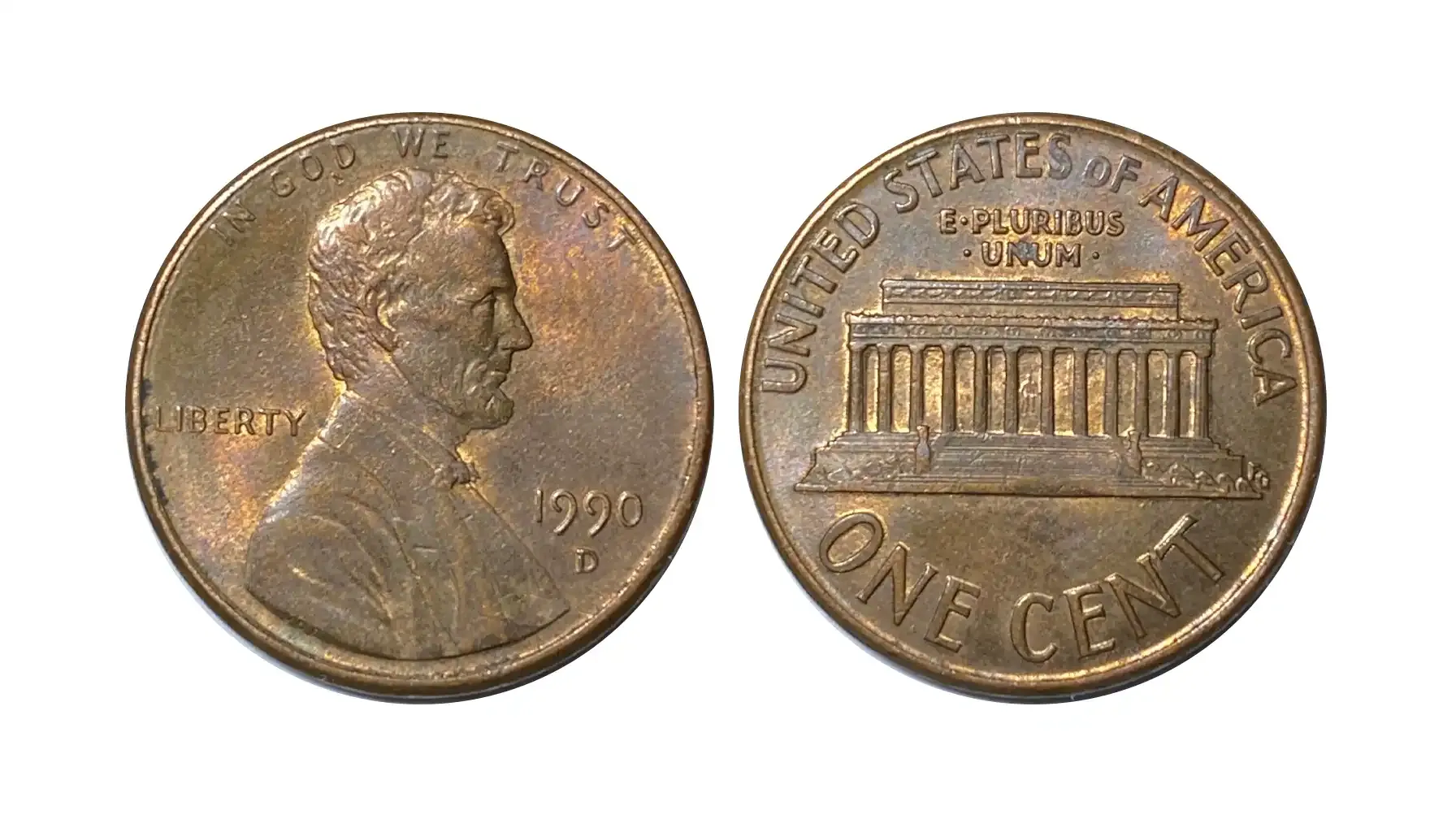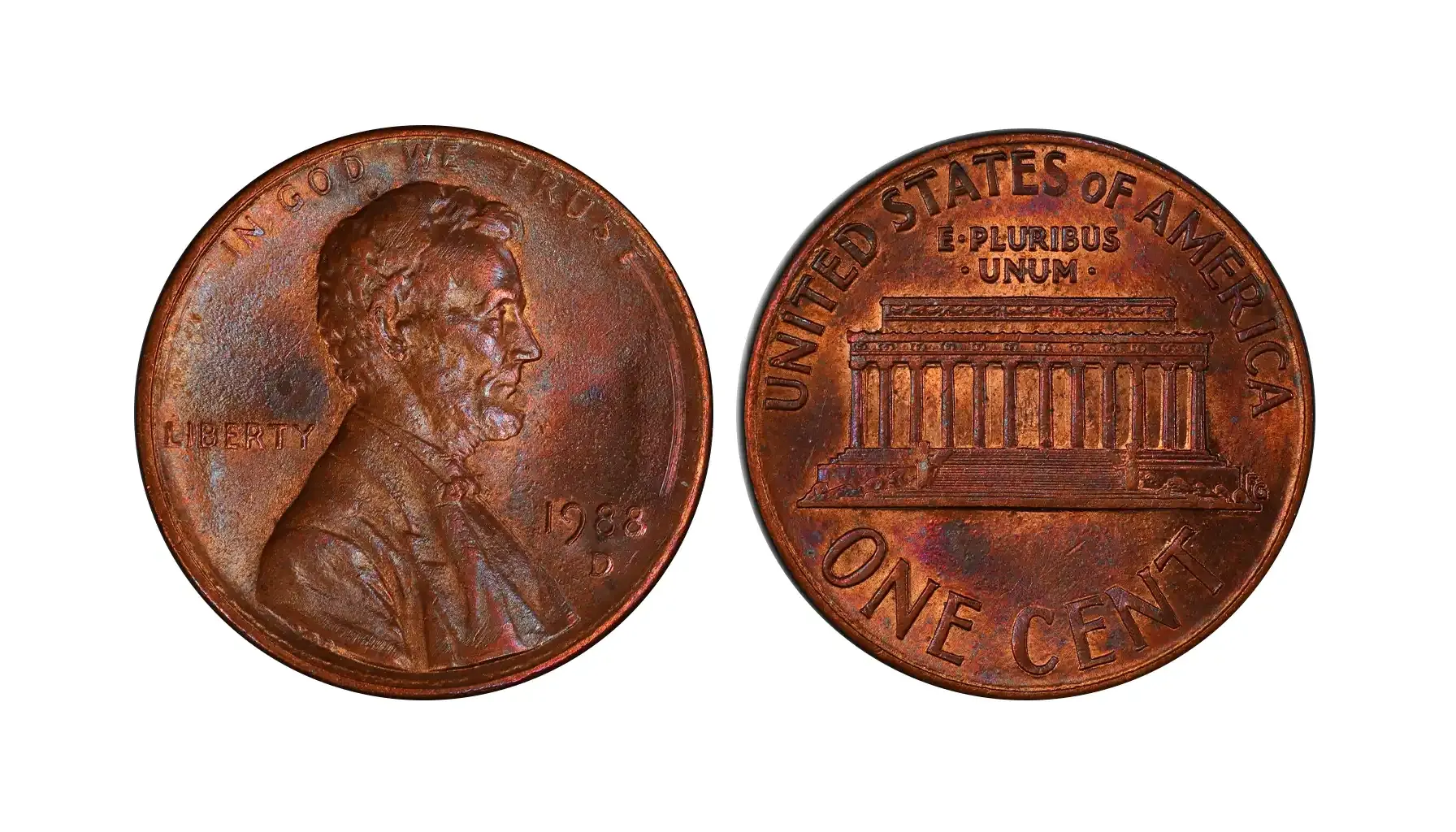Contents:
It is no secret that minting errors on coins long ago became a subject of interest and are highly valued by both professionals and beginners. Among all U.S. coins, one of the most famous and popular errors refers to double dies.
What are double die coins? Why do we consider the doubled die penny special, and how to tell if a penny is double die? The point is that sometimes even a small deviation from the norm can become not just a defect, but an asset of exceptional value.
Double die Lincoln cents became popular and coveted pieces for collectors from all over the world. Let us understand how and why the double struck penny turned into a symbol of “wealth” and check coin value of the most prominent example that can unexpectedly end up in the hands of any lucky collector.
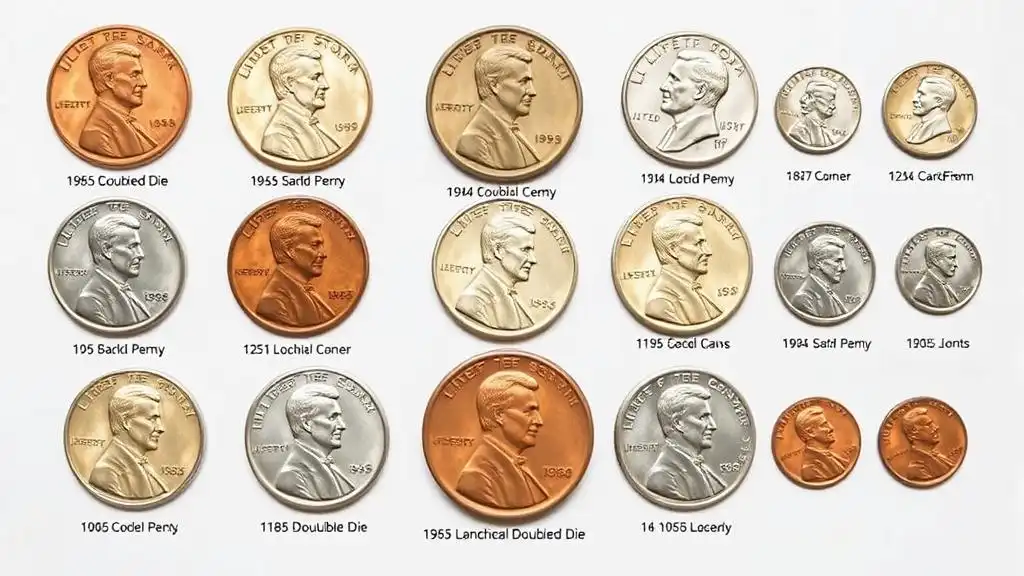
The World of Minting Mistakes
Did you know that no one even thought about the question “what is a doubled die coin” until the middle of the 20th century, although this type of error was noticed at the beginning of the century? DD pennies gained real popularity only after the iconic 1955 Doubled Die Lincoln penny was discovered. Since then, it has been realized that unique error coins can be found even in a pocket, and their price would far exceed the face value.
What is a Double Die Coin?
Double die is an error made during the stamping process when the die strikes the blank twice, resulting in duplicate design elements. What does a double die penny look like? Most often, such duplicates appear on inscriptions or dates, making instances with this error exclusive and special.
High mintage of coins increases the probability of errors. This is why some cents with this error can be worth up to a hundred times their face value, attracting the attention of both beginners and professionals. To make it relevant, it is always vital to have your coins graded by official agencies.
By the way, numismatists separate two types of this deviation, i.e., DDO (double die obverse) and DDR (double die reverse), depending on the side of the occurrence.
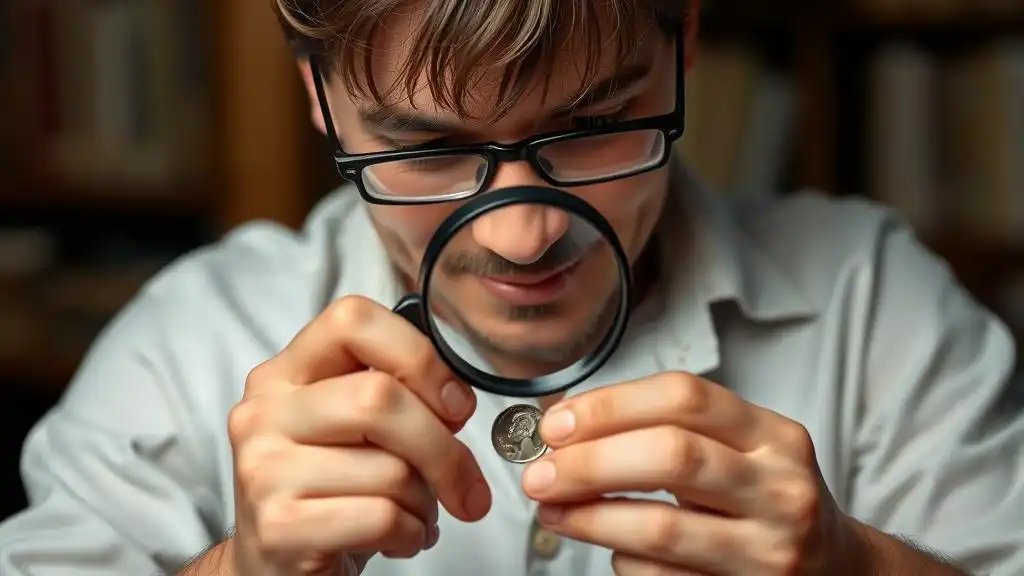
How to Identify DDO and DDR?
One should be aware of how to spot DDO and DDR coins on the spot. Although the easiest way is to use numismatic tools like Coin ID Scanner, we strongly recommend that you rely on a combination of approaches to make it efficient:
Inspect the Inscriptions: For DDO coins, look at the front (obverse) of the coin. You might see clear doubling in LIBERTY, IN GOD WE TRUST, or the date. For DDR, check the reverse side – doubling can be displayed in words like ONE CENT, E PLURIBUS UNUM, or design elements.
Use Magnification: Doubling can be subtle. This is why it is reasonable to use magnifying tools to spot them right away.
Know the Difference: Be careful not to confuse them with machine doubling, which looks flat and shelf-like, for true errors exhibit strong, raised, and clearly separated design elements.
Use Digital Tools: Apps like Coin ID Scanner make it easy to identify DDO, DDR, and other error coins instantly. Just snap a photo, and the app will analyze your coin, detect known errors, and even estimate its value based on real market data.
List of Doubled Die Coins to Look for
1955 Doubled Die Penny: King of All Error Cents

Auction Record: $285,000
Place of Doubling: Obverse – strong doubling in LIBERTY, IN GOD WE TRUST, and the date 1955
Degree of Doubling: Very strong – one of the most dramatic and visible doubled dies ever struck
When it comes to DD errors, the first thing that comes to mind is the 1955 double die Lincoln cent, and for a good reason, the penny is widely regarded as the “King of Errors”.
Amazingly, this error was not noticed overnight, and the coins were put into circulation: the quality of the coins was selectively controlled, and it is believed that these instances were minted at night when there was no inspection. As a result, the coins circulated around the country, though their value was not recognized immediately.
1958 Lincoln Cent DDO: Red Copper Collection
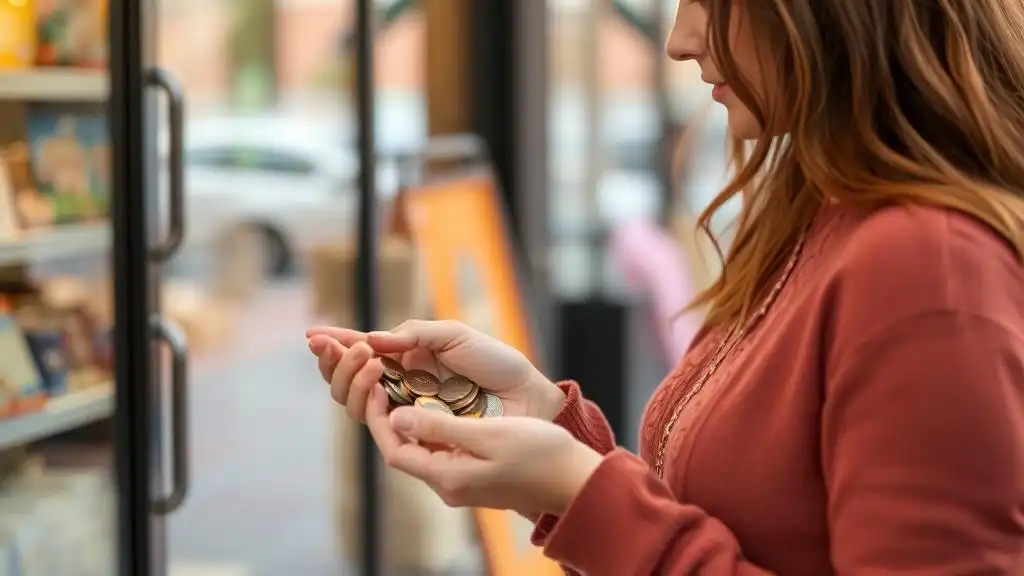
Auction Record: $1,010,000
Place of Doubling: Obverse – heavy doubling in LIBERTY and IN GOD WE TRUST
Degree of Doubling: Extremely strong – very rare; only 3 confirmed examples
The 1958 Lincoln Cent Doubled Die Obverse (DDO) is one of the rarest and most valuable penny errors ever discovered. What makes it truly special is the extreme clarity of the doubling, especially in LIBERTY and IN GOD WE TRUST. Unlike more common doubled dies, this one is nearly flawless in its separation and sharpness, making it a standout piece in numismatic circles.
1972 Double Die Lincoln Cent

Auction Record: $14,400
Place of Doubling: Obverse – clear doubling on LIBERTY, IN GOD WE TRUST, and the date 1972
Degree of Doubling: Strong – multiple known varieties, but DDO #1 is the most prominent and desirable
Despite the huge mintage of the 1972 Lincoln penny, only a small part of the coins possess this error. This rarity makes them highly desirable to collectors, and they still occasionally turn up in everyday change. Those who know about the existence of the flaw regularly check the change, hoping that they will find this valuable specimen one day.
1983 Double Die Lincoln Cent
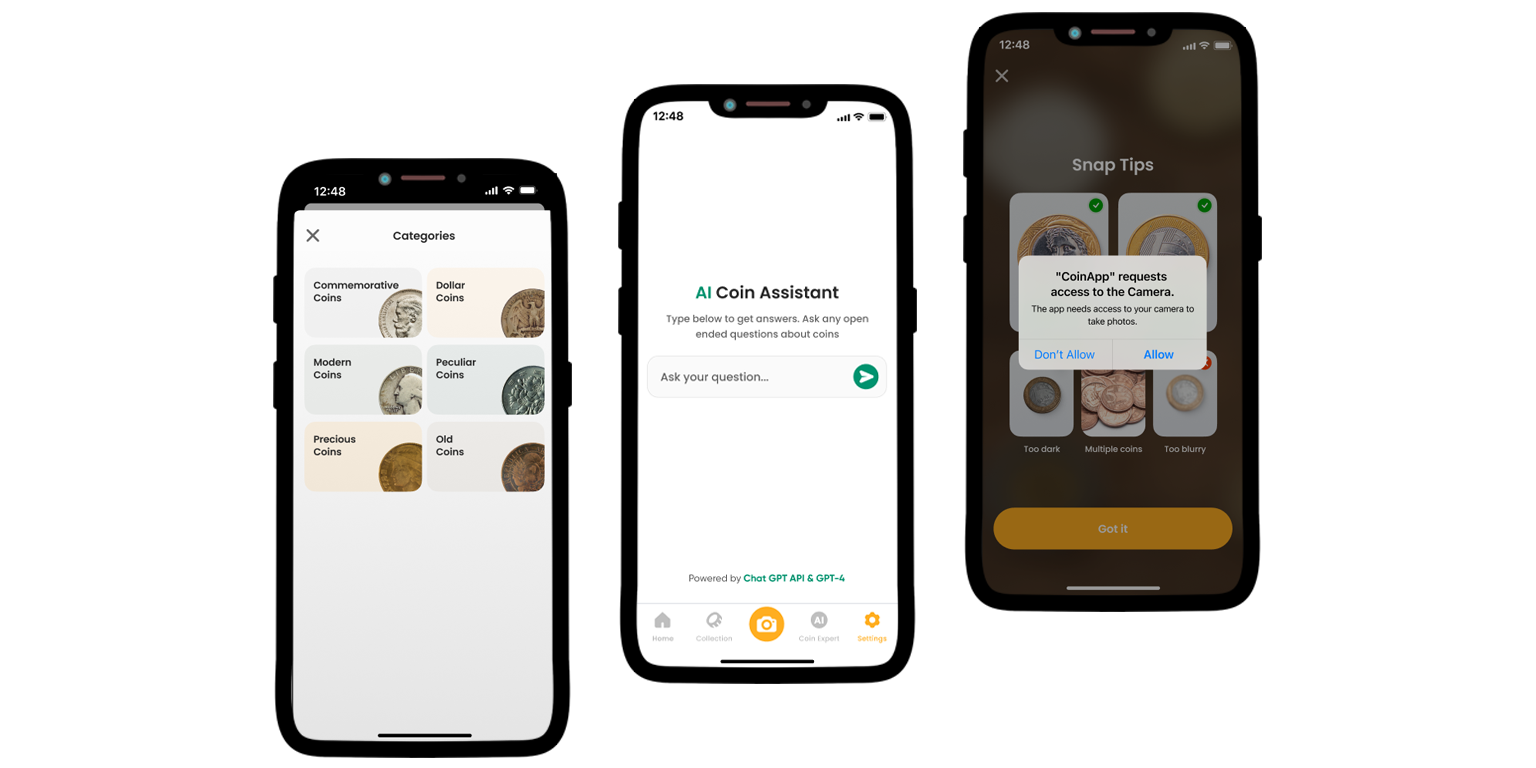
Auction Record: $7,050
Place of Doubling: Reverse – doubling seen in E PLURIBUS UNUM, ONE CENT, and UNITED STATES OF AMERICA
Degree of Doubling: Moderate to strong – often missed by beginners but clearly visible under magnification
The 1983 DDR cent is a lesser-known specimen, but it also has significant value. Unlike its predecessors (which we described above), this cent is known for the doubling on the reverse of the coin, i.e., on the elements “ONE CENT”, “UNITED STATES OF AMERICA”, and “E PLURIBUS UNUM”. The value of this coin is lower compared to other double die pennies, but it remains a valuable asset anyway.
No Less Than a Fortune: Quick Facts About the Value
Is it a valuable coin, though? As one may understand, the value of DDO or DDR cents is much higher than their face value due to their rarity and unusual origin. Accordingly, the pennies are very attractive to both collectors and investors. In the table below, you can see the price range for the most famous double die Lincoln pennies.
Coin | Price Range (Good) | Price Range (XF) | Price Range (MS-65) |
1955 DDO | $1,200 - $1,800 | $3,000 – $4,500 | $25,000 - $35,000 |
1958 DDO | N/A (too rare) | N/A (too rare) | $250,000 – $999,999+ |
1972 DDO | $200 – $350 | $350 - $1,500 | $4,500 – $6,500 |
1983 DDR | $30 – $60 | $150 – $300 | $400 – $1,200 |
Note: The 1958 DDO is an extreme rarity with only three known examples. As such, it rarely trades publicly in lower grades, making price estimates for “Good” or “XF” nearly impossible.
Where Can You Find These Coins?
Money changers and ATMs: Ask for change to increase your chances.
Stores and supermarkets: Salespeople often give change without even realizing they have rare coins.
Flea markets and garage sales: Old collections and coins can be found for the price of regular change.
Online platforms and auctions: Sometimes people sell coins without even knowing their real value.
If you manage to find such an instance, feel free to employ digital tools like the Coin ID Scanner app. With the help of the app, you can simply scan a coin and instantly access detailed information, such as its rarity, error type, and current market value. The app will greatly simplify your search and make the process of checking coins more convenient.
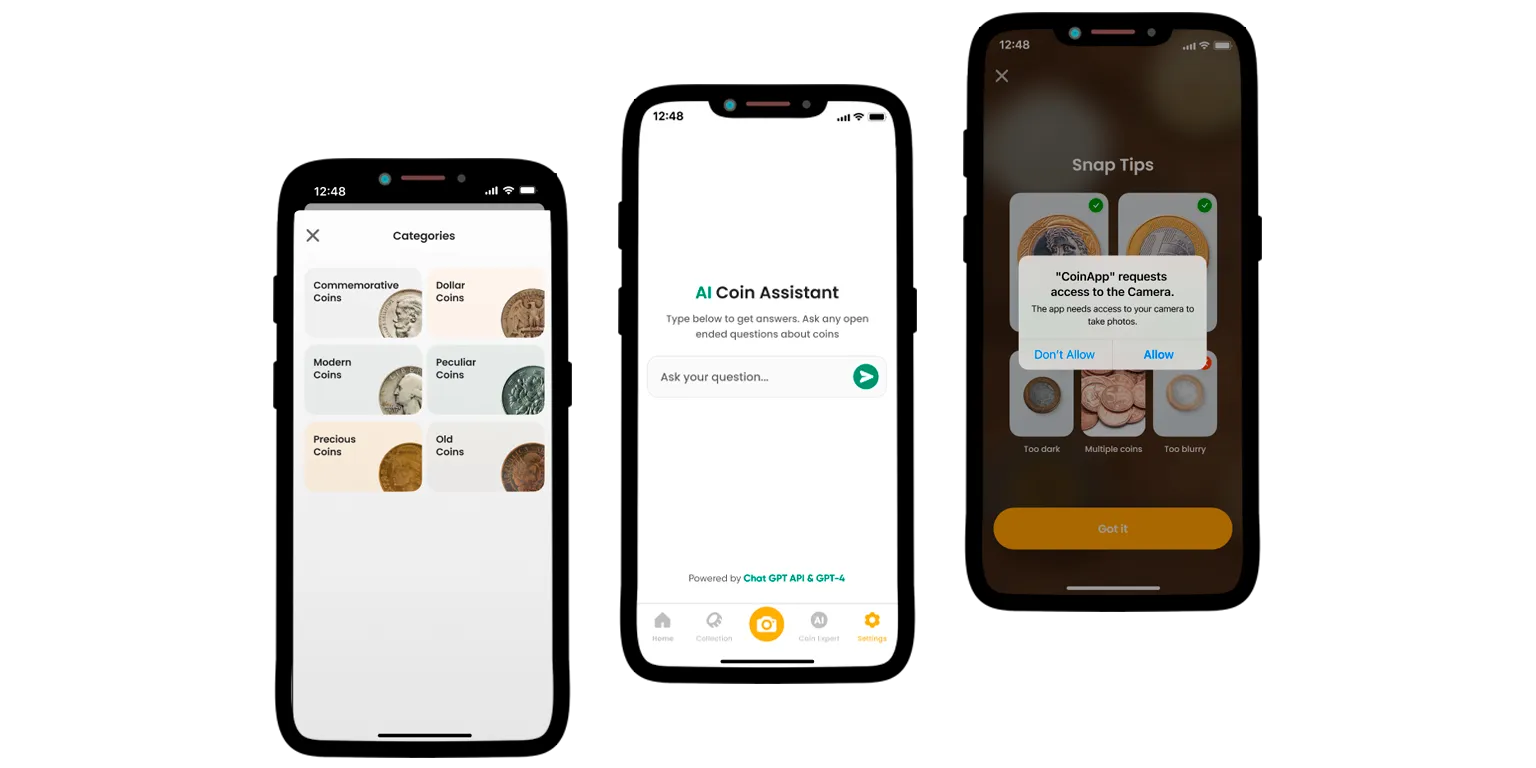
Ready, Steady, Go
When searching for unique coins, it is always worth remembering that a coin with a manufacturing defect is a potential opportunity to get your hands on a true rarity. Should you be an experienced numismatist or just interested in coin history, checking the change can bring unexpected finds. So, grab your magnifying glass, download Coin ID Scanner, and start your quest for double die mistakes now!

